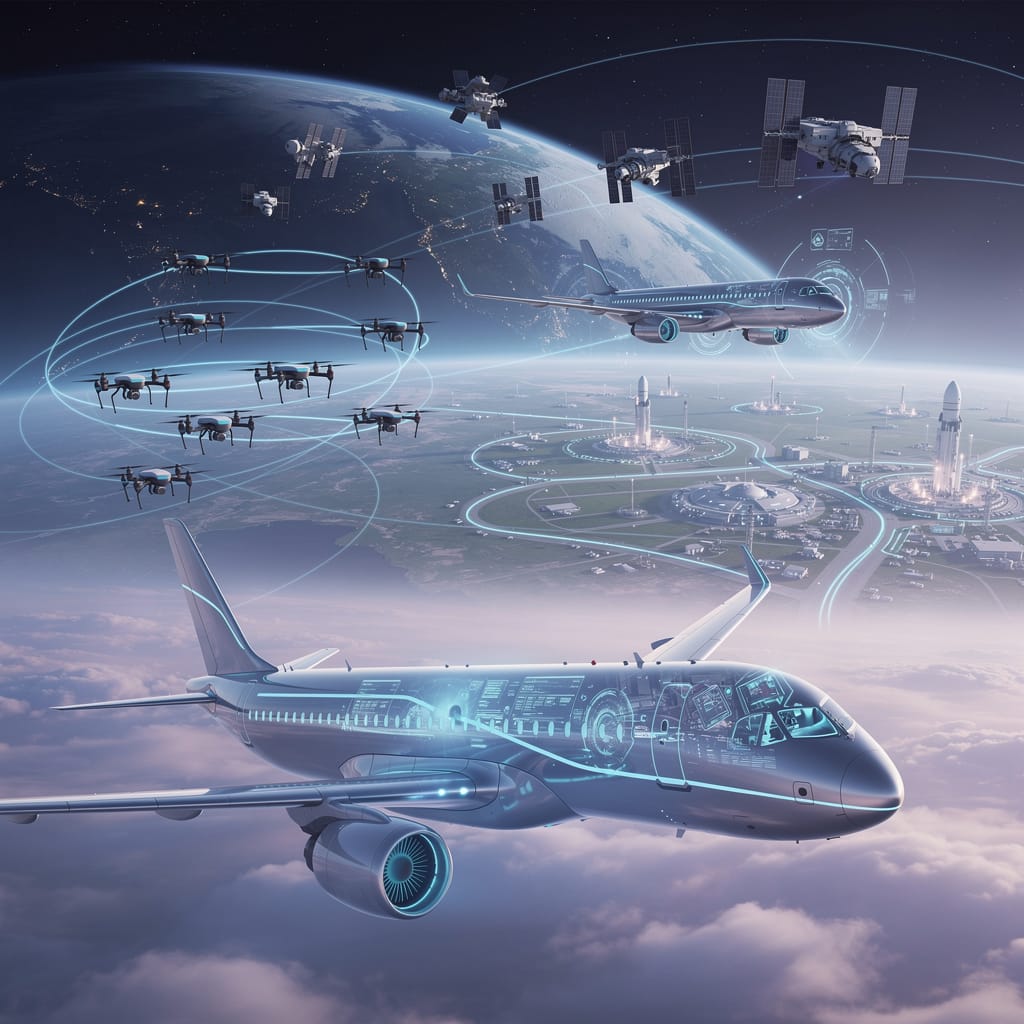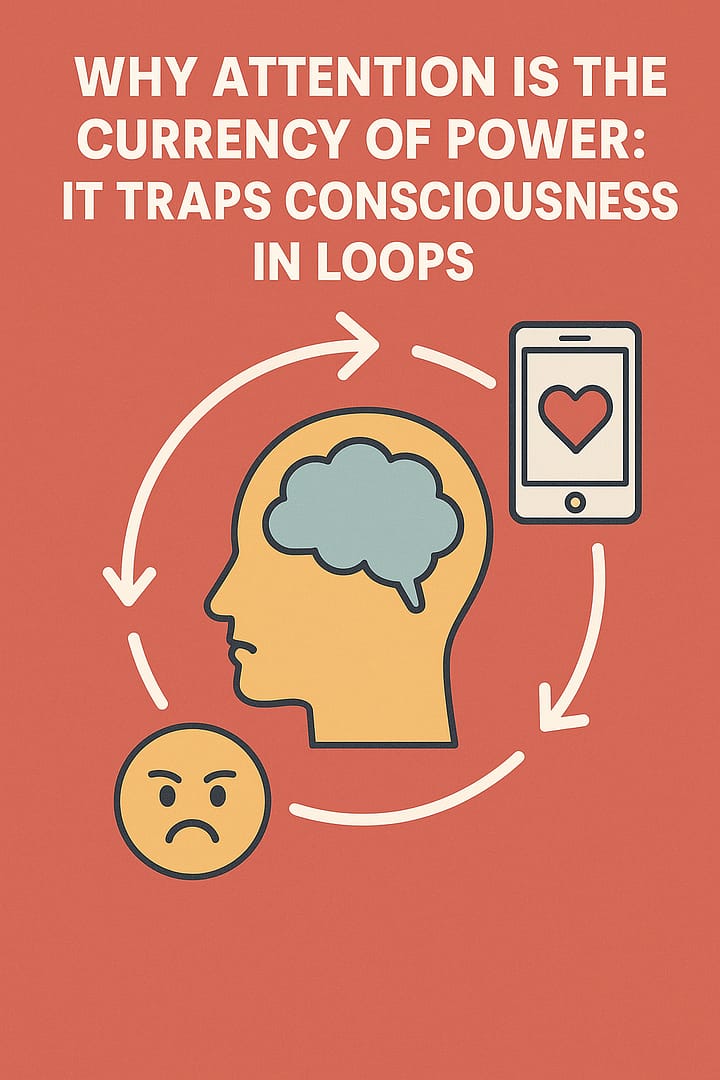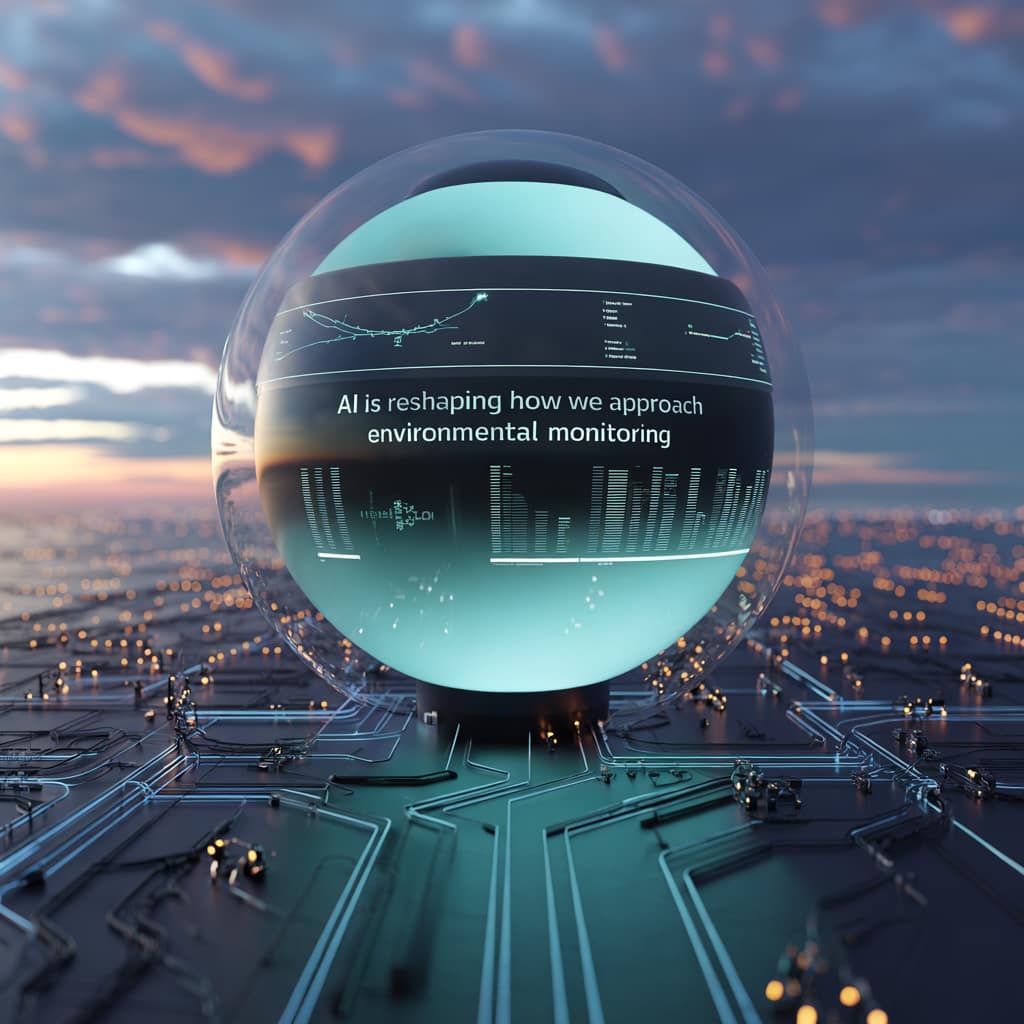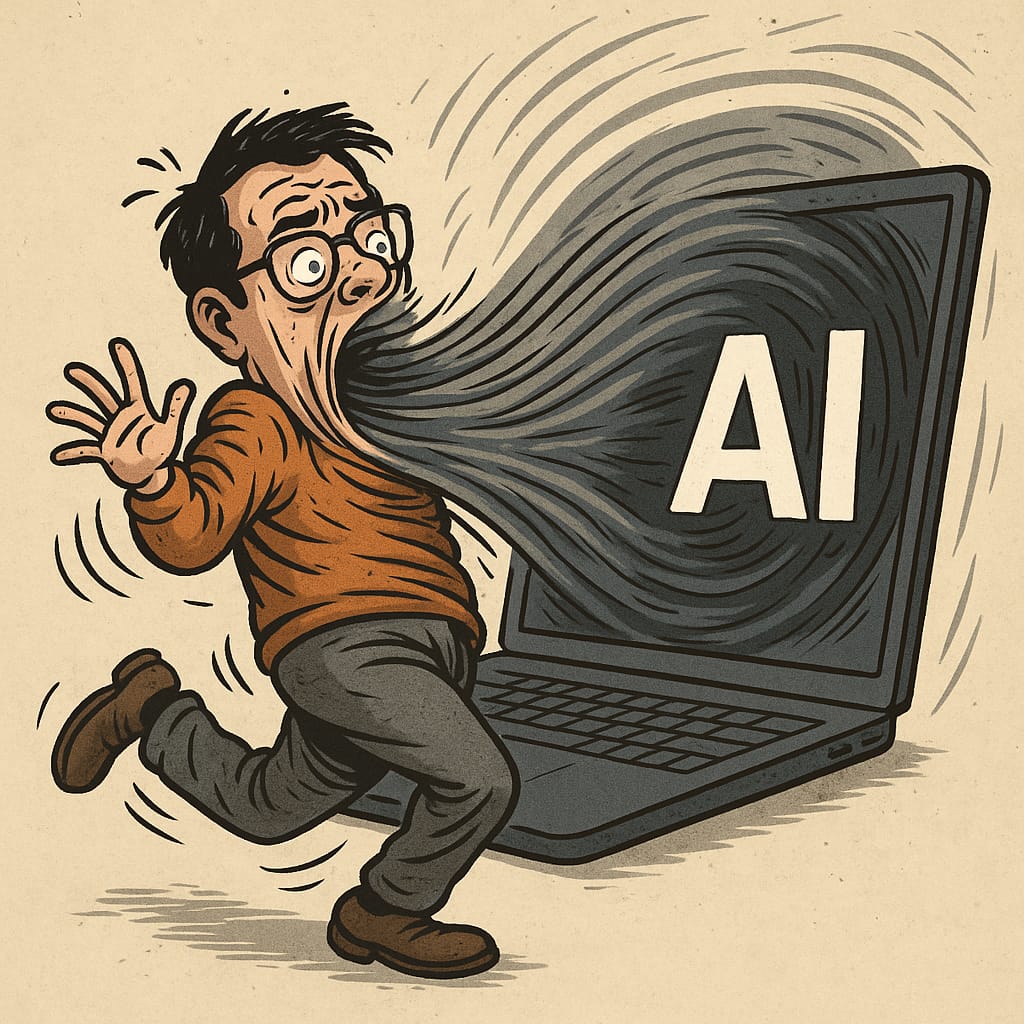Opportunities and Challenges
As artificial intelligence (AI) continues to evolve and become more prevalent in our lives, we are seeing the potential for this technology to transform the way we approach sustainability and environmental protection. From reducing waste and promoting energy efficiency to improving supply chain management and optimizing resource allocation, AI offers a wide range of opportunities for promoting sustainability and achieving a more environmentally-friendly future.
However, there are also challenges and potential drawbacks to consider when it comes to the intersection of AI and sustainability.
- One of the key challenges is ensuring that AI technologies are designed and used in a way that promotes sustainability and reduces environmental impact, rather than exacerbating existing environmental problems.
- Another challenge is ensuring that AI technologies are accessible and equitable, promoting sustainability and environmental justice for all members of society. This includes considerations like data privacy and security, as well as ensuring that the benefits of AI are distributed fairly and not restricted to only certain groups or individuals.
Despite these challenges, there are many opportunities for AI to promote sustainability and environmental protection.
- For example, AI can be used to optimize supply chain management, reducing waste and improving efficiency in the transportation and distribution of goods. AI can also be used to promote energy efficiency and renewable energy usage, reducing carbon emissions and promoting a more sustainable energy system.
- In addition to these opportunities, there are many other ways that AI can be used to promote sustainability and environmental protection, including the development of more sustainable agriculture systems, the optimization of water usage, and the reduction of plastic waste and other forms of pollution.
The future of AI and sustainability is full of promise and potential. By recognizing the challenges and opportunities of this intersection, we can work to ensure that AI technologies are designed and used in a way that promotes sustainability and environmental protection for all.
Table summarizing the opportunities and challenges of AI and sustainability
| Opportunities | Challenges |
| Optimizing supply chain management | Ensuring AI technologies are designed and used in a way that promotes sustainability and reduces environmental impact |
| Promoting energy efficiency and renewable energy usage | Ensuring AI technologies are accessible and equitable, promoting sustainability and environmental justice for all members of society |
| Developing more sustainable agriculture systems | Ensuring data privacy and security in the use of AI technologies |
| Optimizing water usage | Ensuring the benefits of AI are distributed fairly and not restricted to certain groups or individuals |
| Reducing plastic waste and other forms of pollution |
By leveraging the opportunities and addressing the challenges of AI and sustainability, we can work towards a more sustainable and environmentally-friendly future.
Examples of the opportunities and challenges of AI and sustainability
Opportunities
Optimizing supply chain management
AI can be used to optimize shipping routes and reduce transportation-related emissions. For example, the logistics company UPS has used AI to reduce its fleet of delivery trucks and improve the efficiency of its shipping routes.
Promoting energy efficiency and renewable energy usage
AI can be used to optimize the use of renewable energy sources like solar and wind power, reducing reliance on non-renewable sources like coal and oil. For example, the energy company Xcel Energy has used AI to optimize the distribution of wind power across its power grid, reducing energy waste and improving efficiency.
Developing more sustainable agriculture systems
AI can be used to improve crop management and reduce the use of harmful pesticides and fertilizers. For example, the startup Blue River Technology has developed a system that uses computer vision and machine learning to detect and target individual plants for treatment, reducing the amount of chemicals required and promoting more sustainable agriculture practices.
Optimizing water usage
AI can be used to optimize the use of water resources in agriculture and other industries, reducing waste and promoting more sustainable water management practices. For example, the company CropX has developed an AI-powered irrigation system that uses soil sensors and weather data to optimize watering schedules, reducing water usage by up to 25%.
Reducing plastic waste and other forms of pollution
AI can be used to identify and clean up plastic waste and other forms of pollution in the environment. For example, the nonprofit Ocean Cleanup has developed an AI-powered system that uses cameras and machine learning to detect and remove plastic waste from the ocean.
Challenges
Ensuring AI technologies are designed and used in a way that promotes sustainability and reduces environmental impact
This challenge requires careful consideration of the entire lifecycle of AI technologies, from raw material extraction to end-of-life disposal.
Ensuring AI technologies are accessible and equitable, promoting sustainability and environmental justice for all members of society
This challenge requires a focus on ensuring that AI technologies are accessible to everyone, regardless of their income or social status.
Ensuring data privacy and security in the use of AI technologies
This challenge requires careful consideration of the potential privacy and security risks associated with the collection and use of data in AI technologies.
Ensuring the benefits of AI are distributed fairly and not restricted to certain groups or individuals
This challenge requires a focus on ensuring that the benefits of AI technologies are distributed fairly and not restricted to only certain groups or individuals.
By addressing these challenges and leveraging the opportunities of AI and sustainability, we can work towards a more sustainable and environmentally-friendly future.
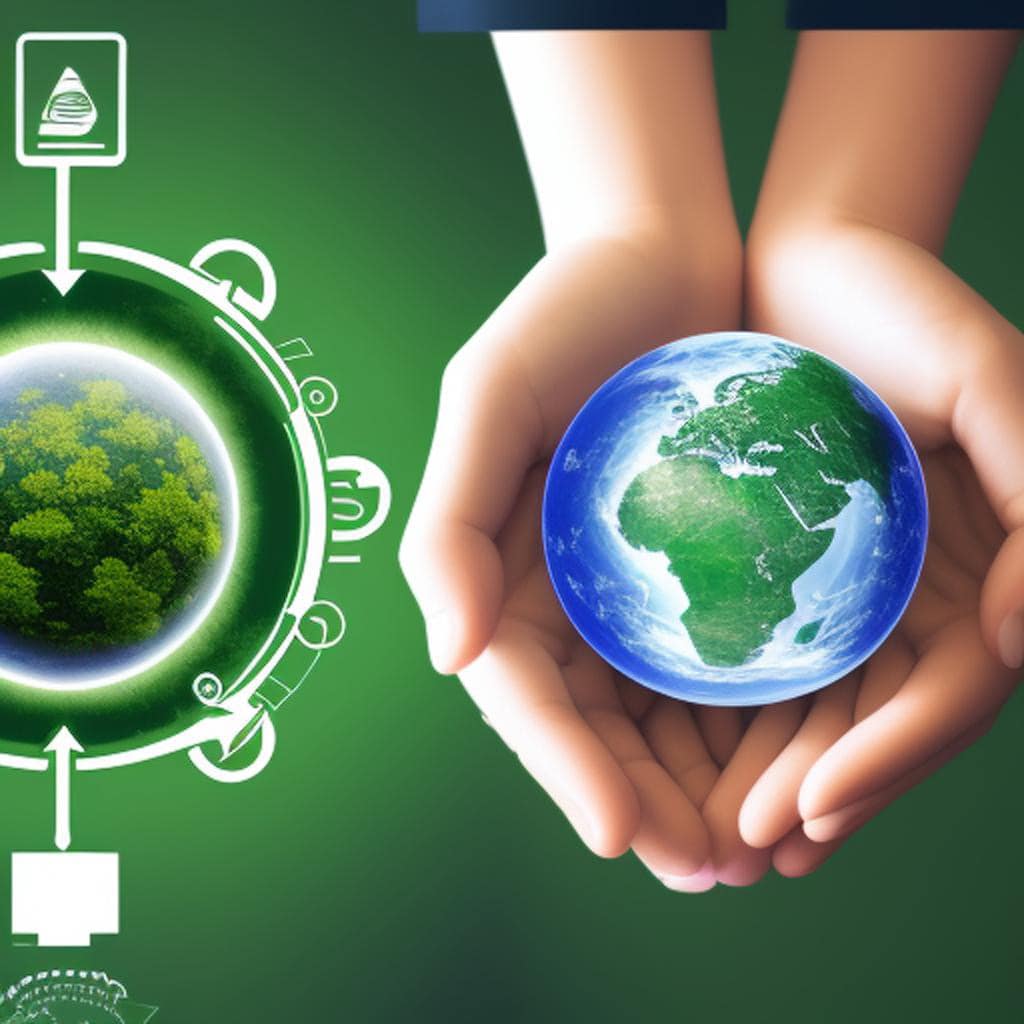
Thank you for questions, shares and comments!
Share your thoughts or questions in the comments below!
Source OpenAI’s GPT language models, Fleeky, MIB, & Picsart

